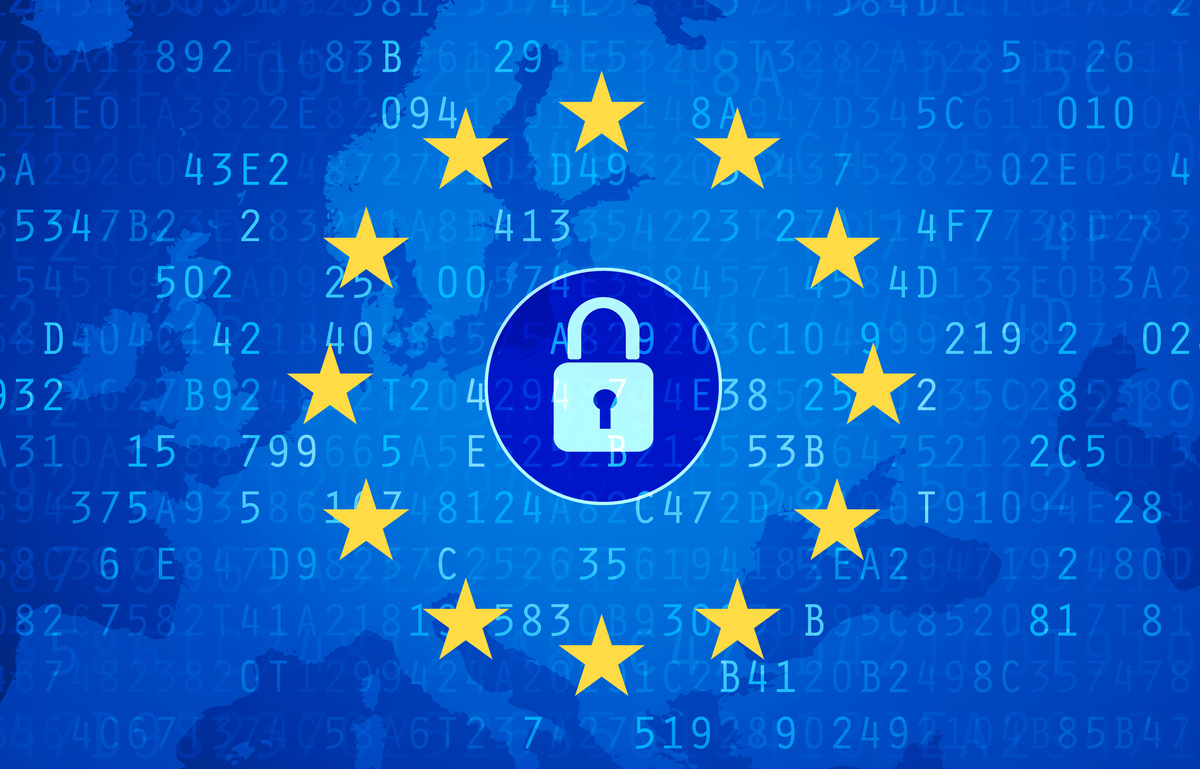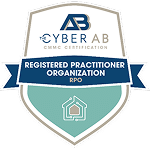The European Union’s Cyber Resilience Act (CRA) aims to reshape cybersecurity by enforcing rigorous digital product and service standards. Adhering to the CRA helps businesses avoid substantial penalties, strengthens their security posture, builds customer trust, and provides a competitive edge in the marketplace. By embracing these regulations, small to mid-sized businesses (SMBs) can safeguard their operations against cyber threats, enhance their reputation, and position themselves advantageously in the digital economy.
The European Union’s Cyber Resilience Act (CRA) is set to transform the cybersecurity landscape for businesses across the continent. The CRA aims to bolster digital product and service cybersecurity, ensuring a safer and more resilient digital market. The regulation focuses on enhancing the security of products with digital elements, ranging from hardware to software, to mitigate risks posed by cyber threats.
This blog explains the top five things SMBs need to know about the EU Cyber Resilience Act, focusing on its scope, essential obligations, benefits, impacts on business operations, and preparation for enforcement.
1. Understanding the Scope of the Act
The EU Cybersecurity Resilience Act introduced an EU-wide ‘cybersecurity certification’ scheme to operationalize the cybersecurity requirements outlined in the EU Cybersecurity Act. This scheme establishes rules and procedures for certifying Information and Communications Technology (ICT) products across their lifespan, enhancing their trustworthiness for users throughout the EU.
The Act covers a wide array of products, such as consumer electronics (e.g., smartphones, smart home devices) and industrial control systems used in manufacturing and critical infrastructure. It also introduced the term “products with digital elements” (PDE), defining them as software or hardware products associated with remote data processing solutions.
It is worth noting that the Cybersecurity Resilience Act only applies if the PDE is commercially available. This means it must be supplied for distribution or use in the EU market during commercial activity, whether in return for payment or free of charge.
The Act categorizes products with PDEs into different groups affecting compliance certification. Default PDEs do not fall under specific categories, while Important PDEs are those that are critical to cybersecurity or that pose a significant risk of causing widespread disruption or damage. Important PDEs are further divided into two sub-classes: Class I (e.g., password managers, antivirus software) and Class II (e.g., firewalls, tamper-resistant microprocessors), with Class II potentially having a more significant impact in case of an incident.
The Act excludes certain product categories regulated by sector-specific cybersecurity legislation. These exclusions include medical devices, motor vehicles, military hardware, certified aviation products, marine equipment, spare parts identical to original components, and digital elements created solely for national security or defense purposes.
Therefore, the Act’s requirements necessitate implementing robust cybersecurity practices throughout the entire product lifecycle, from design and development to deployment and maintenance.
2. Key Obligations for SMBs
The Cyber Resilience Act imposes several key obligations on digital product manufacturers, importers, and distributors. For SMBs, this means ensuring their products meet essential cybersecurity requirements throughout their lifecycle.
- Design and Development: SMBs must integrate robust security measures during their products’ design and development stages. This includes conducting thorough risk assessments, implementing secure coding practices, and ensuring all components meet security standards.
- Software Updates: the CRA requires SMBs to provide timely and secure updates to address vulnerabilities. This means having a structured process for vulnerability detection, patch development, and update distribution.
- User Instructions: SMBs must provide clear and comprehensive instructions for secure usage. This includes guidelines for secure installation, configuration, and product operation. Ensuring users understand how to maintain security is vital to prevent misuse that could lead to vulnerabilities.
- Compliance and Documentation: Compliance with the CRA is not a one-time effort but requires continuous vigilance. As such, SMBs must maintain detailed documentation of their security measures, risk assessments, and compliance efforts. This documentation is essential for demonstrating adherence to the CRA during audits and inspections.
- Continuous Vigilance: SMBs must stay updated with emerging threats and adapt their security measures accordingly. This involves regular security assessments, penetration testing, and staying informed about the latest cybersecurity trends and vulnerabilities.
- Collaboration and Reporting: SMBs must collaborate with relevant authorities and stakeholders. This includes promptly reporting significant security incidents and vulnerabilities to minimize impact and coordinate response efforts.
3. Benefits of Compliance
Compliance with the EU Cyber Resilience Act (CRA) might initially seem challenging, but it offers significant benefits that can significantly enhance your business’s overall security and reputation.
- Enhanced Security Measures: Compliance with the CRA mandates implementing robust security measures, reducing the risk of cyber incidents. This not only protects your business but also safeguards your customers’ data. Enhanced security can prevent costly breaches and downtime, ensuring smooth and uninterrupted business operations.
- Building Trust: Demonstrating a commitment to cybersecurity through CRA compliance builds greater trust with customers and partners. In an era of data breaches, showing that your business adheres to strict security standards can reassure stakeholders that their data is safe. This trust can lead to increased customer loyalty and stronger business relationships.
- Competitive Advantage: In a market where cybersecurity is increasingly a priority for consumers, compliance with the CRA can be a competitive advantage. SMBs that proactively adopt and demonstrate high-security standards can differentiate themselves from competitors. This can attract security-conscious customers and partners, potentially opening new business opportunities.
- Regulatory Alignment and Avoidance of Penalties: Aligning with the CRA helps SMBs stay ahead of regulatory requirements, avoiding potential fines and legal issues associated with non-compliance. Compliance keeps your business in good standing with regulators and prepares you for future regulatory changes, ensuring long-term sustainability.
4. Impact on Business Operations
Compliance with the CRA will undoubtedly impact business operations. Therefore, investing in cybersecurity infrastructure, including tools for continuously monitoring and updating security measures, is necessary. Some of the impacts of the CRA on business operations:
Technological Investments: Implementing advanced cybersecurity tools and technologies, such as intrusion detection systems, encryption solutions, and secure access controls, will be necessary. These technologies require financial investment but are crucial for safeguarding sensitive data and compliance with regulatory standards.
Staff Training and Development: Training employees on cybersecurity best practices and the specific requirements of the CRA will be essential. This includes understanding new security protocols, recognizing phishing attempts, and ensuring proper use of security tools. Investing in training programs will enhance staff competence and reduce the risk of human error.
Business Process Adjustments: SMBs may need to revise their business processes to integrate new security measures. This could involve updating procedures for data handling, incident response, and risk management. Such changes can streamline operations and ensure security considerations are embedded in daily activities.
Financial Implications: While initial compliance costs can be substantial, they should be considered investments in the company’s long-term security and resilience. The expenses associated with compliance are often outweighed by the potential costs of a security breach, including data loss, reputational damage, and legal penalties.
Leveraging Existing Frameworks: SMBs can leverage existing cybersecurity frameworks and standards to streamline compliance efforts. Using established guidelines, such as those from NIST or ISO, can provide a structured approach and reduce the need to develop new processes from scratch.
Expert Guidance: Engaging with cybersecurity experts or consultants can provide valuable insights and support during compliance. Experts can offer tailored recommendations, assist with implementing best practices, and help navigate complex regulatory requirements.
5. Consequences For Noncompliance
Per the CRA’s enforcement measures, each EU member state will designate one or more market surveillance authorities to enforce the CRA nationally. The CRA also establishes an EU-level administrative cooperation group (AdCo). This group will consist of all national market surveillance authorities and representatives from the EU Commission, and its role is to ensure a consistent application of the CRA across the EU.
The CRA introduces a rigorous sanctions regime for noncompliance, with substantial potential fines. These fines can range from €5 million to €15 million (approximately $5.5 million to $16.5 million) or from 1% to 2.5% of global annual turnover, whichever is greater.
Breaches under the CRA are classified into three categories:
- Breaches of essential requirements incur higher fines.
- Breaches of other requirements under the CRA.
- Failures to provide accurate information.
Furthermore, if noncompliance with the CRA involves a personal data breach, it is still uncertain whether fines would be imposed under both the GDPR and the CRA. The GDPR is a data protection and privacy law enacted by the EU and emphasizes the importance of securing personal data and maintaining transparency in data processing activities.








